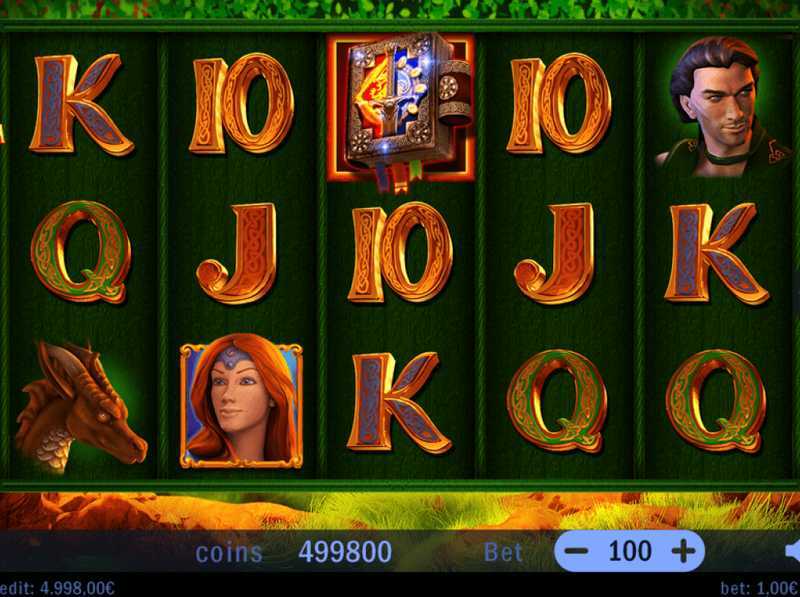🏢 Provider: Swintt
📅 Released: 08.01.2021
🎯 RTP: 95,13%
⚡ Volatility: Unknown
🧩 Paylines: 5

How to Play Nibelungen Slot for Real Money Online

1. RTP (Return to Player): 95.13%
The Return to Player percentage of 95.13% indicates that, on average, a player can expect to receive back 95.13 coins for every 100 coins wagered. This leaves the casino with a 4.87% edge. While this RTP is slightly below the industry average of around 96%, it is not particularly low, making the game accessible to many players who expect reasonable returns.
2. Paylines: 5
With only 5 paylines, the winning combinations are somewhat limited compared to games featuring hundreds or even thousands of paylines. This structure suggests that while wins may not be as frequent, they could potentially be larger when they occur. Caution is advised, as the limitations on paylines could indicate lower overall payout frequency but with higher stakes on individual lines.
3. Max Bet Scenario:
If you place the maximum bet of 100 coins and achieve a maximum win of 100 coins, the theoretical outcome would be:
Maximum win: 100 coins. This relatively modest maximum win indicates a lower potential return compared to many other slots, emphasizing the game's casual play rather than high-stakes gambling.
4. Minimum Bet Scenario:
With a minimum bet of 0.5 coins, the maximum win remains the same:
Given the small maximum win compared to the higher stakes, players should consider the limited potential for significant returns, even during extended play sessions.
Simple Expected Return Calculation:
Assuming a player spins 1,000 times with a 1-coin bet (total wager: 1,000 coins). Based on the RTP of 95.13%:
Expected loss = 48.7 coins. This figure represents a common expectation; however, actual results can greatly vary depending on game dynamics and variance.
Risk Evaluation
Given the 'Unknown' volatility status, it is difficult to gauge the risk level definitively. The presence of only 5 paylines and a maximum return on consistent betting likely suggests a lower volatility framework. Players may face an increased risk due to the broader variance potentially attributed to an unknown volatility rating.


